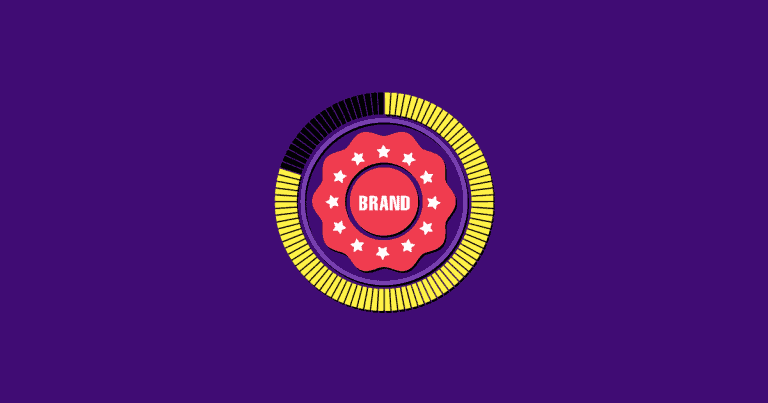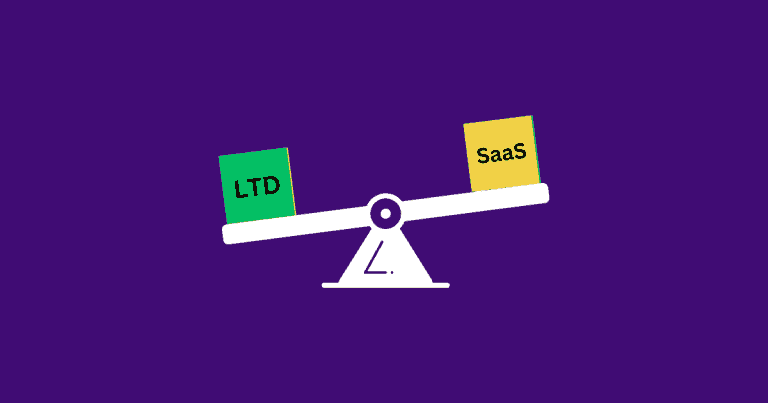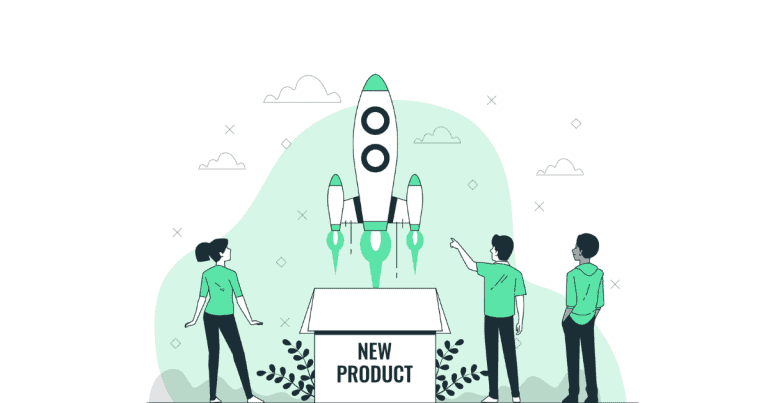How Can Automated Customer Communication Help You Retain Your Customers?
In today’s competitive business landscape, customer retention is vital for the success of any long-form business.
With so many options available to consumers, it’s crucial to find effective ways to keep your customers engaged and satisfied.
However, manually managing and responding to every customer inquiry can be time-consuming and prone to errors.
This is where automated customer communication steps in to streamline the process and ensure that your customers are satisfied.
We will explore the various ways in which automated customer communication can help you retain your customers, guarenteeing long-term loyalty and growth for your business.
The Importance of Customer Retention for Your Business
The importance of customer retention in today’s business environment cannot be overstated.
Not only does it ensure a stable revenue stream, but it also leads to increased profitability and growth in the long run.
Studies have shown that increasing customer retention rates by just 5% can increase profits by 25% to 95%.
While acquiring new clients is an essential aspect of any business, retaining existing customers is more cost-effective and less time consuming, making it an essential strategy for sustainable growth.
Building trust takes time, but it does lead to the benefit of Word-of-Mouth Marketing. By maintaining relationships with existing customers, potential clients are more likely to trust your brand and remain loyal.
Customer Communication Boosts Loyalty and Retention
When done effectively, proactive customer communication will play a pivotal role in retaining loyal customers.
Provide your customer with a reliable channel for regular and meaningful communication to develop a sense of trust in your business.
By providing regular updates, addressing concerns, and offering personalized support, you demonstrate your commitment to their satisfaction, thereby establishing a solid foundation for long-term customer relationships.
Automation in Customer Communications
Manual communication involves personal interaction between a business representative and the customer.
This is usually done via phone calls, face-to-face meetings, or individually crafted emails. All of them are vastly time-consuming. And such an effort is not always necessary.
However, automated communication requires none of the above and involves the use of automation tools, such as chatbots or email autoresponders, to deliver messages and updates to customers.
Automating your customer communication is more time and cost effective. And it allows businesses to streamline their communication approach.
While manual communication allows for a more personalized approach, there are automated communication tools that allow you to personalize your customer communications to an extent.
Automating Your Brand Customer Communication
Today, automating almost all your customer communications in your business shouldn’t take more than a few minutes.
An effective way to achieve this is to identify the key touchpoints in your customer’s journey. This includes moments such as onboarding, purchase confirmation, order updates, and post-purchase follow-ups.
By mapping out these touchpoints, you can create a clear roadmap for implementing automation.
It is also recommended that you invest in a reliable customer relationship management (CRM) that integrates with your website. This will help you create customer profiles and workflows.
Following this, you will be able to send timely information to your customers throughout their journey.
Role of Automated Customer Communication in Customer Retention
1. Personalization and Customization
Crafting engaging and personalized content is crucial for successful automated customer communication. An automated communication system allows you to tailor your content according to your customer’s preferences.
It does so by dividing your customer base based on factors like demographics and purchase history and sending targeted messages with specific customer groups, leading to higher engagement and conversion rates.
2. Timely and Relevant Updates
Customers expect to stay informed and engaged with the businesses they interact with. It is also important to share information that is relevant to your audience’s and customers’ needs.
This is where automated communication tools come into play. These tools enable you to trigger messages that are sent automatically based on certain actions or events.
By keeping your customers in the loop about important information, such as order confirmations, shipping notifications, and product updates, you not only enhance their experience but also build trust and loyalty.
3. Customer Feedback and Satisfaction Surveys
Customer feedback can provide valuable insights into their experiences, preferences, and pain points, allowing you to continuously improve your products and communication strategies.
Automated surveys provide customers with a convenient and hassle-free way to share their thoughts. Adapting to this feedback collection process enables you to consolidate, analyze and act upon the data more efficiently.
4. Follow-ups and Reminders for Engagement
Automated services such as personalized follow-up emails or automated reminders are important tools in maintaining customer involvement.
Not only can it be used to prevent potential customers from slipping through the cracks, but it can also incentivize your existing customers to finalize purchases and to engage more with your business.
5. Nurture Customer Relationships
Customer relationship management is a vital part of any business. Automation allows you to streamline and personalize your interactions with customers, ensuring that each touchpoint is valuable and relevant.
Utilizing automated emails, chatbots, and other tools, can help you deliver timely and targeted messages to your customers, keeping them engaged throughout their journey with your brand.
6. Proactive Support and Problem Resolution
One of the best ways to achieve customer retention is to support your customers with action.
You can also leverage automated communication tools to set up alerts and triggers that notify you when a customer may be experiencing an issue or is dissatisfied.
This allows you to intervene and resolve issues and grievances before they escalate and permanently affect customer experience.
Implementing chatbots or interactive response systems on your website can help you provide real-time solutions to customer queries.
Conclusion
Customer retention is dependent on effective communication and automation can help you achieve that.
It ensures stable revenue, increased profitability, and trust building through word-of-mouth marketing. Utilizing tools and a CRM system can help you streamline your communication and offer personalization and timely updates.
Developing a steady line of communication through automation allows you to grow your business while still maintaining your existing pool of customers.



